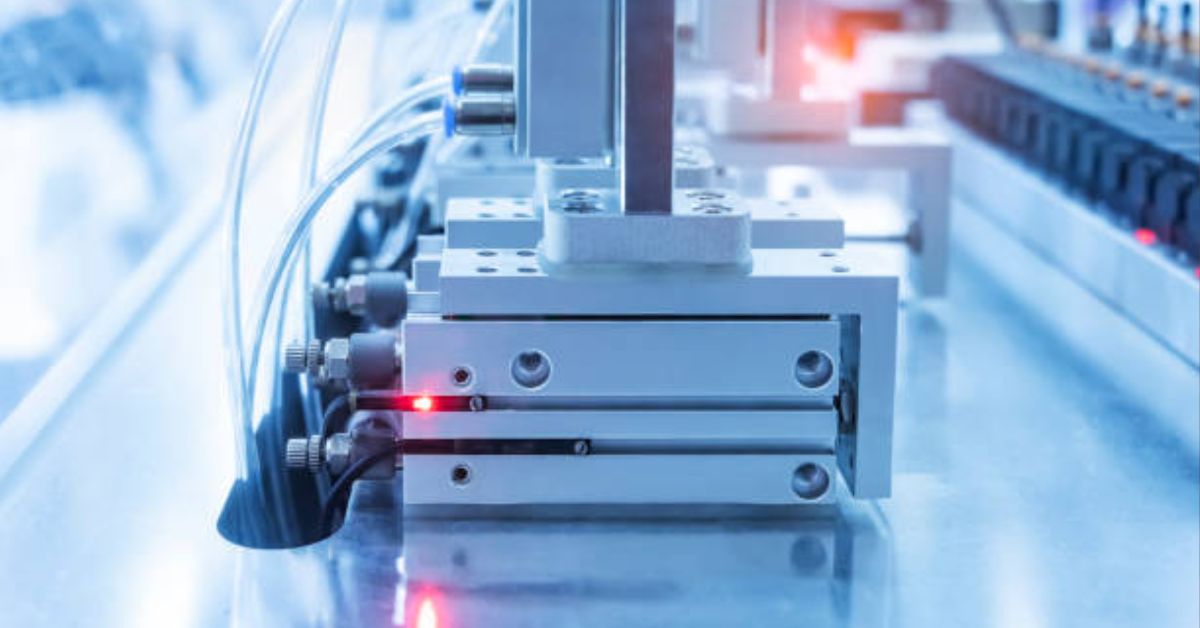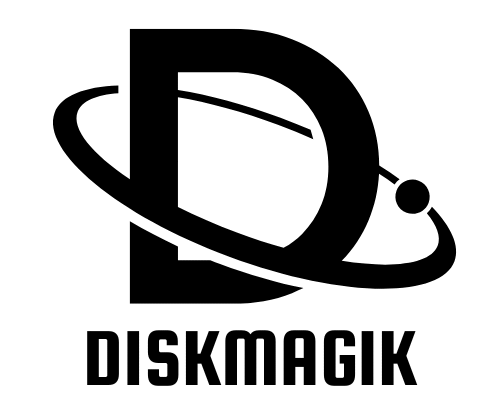Unlocking Efficiency with Capacitive Proximity Sensors in Industrial Automation

Capacitive proximity sensors have become a go-to choice in industrial automation because they provide non-contact detection, work with a wide range of materials, and keep running smoothly in harsh settings where older sensor types often fail. Since they can spot both metal parts and non-metal items like plastic packaging or liquids, these sensors are especially helpful in factories that handle food, packaging, logistics, or plastics.
This article takes a closer look at how capacitive proximity sensors operate, the factories and lines that rely on them, the clear advantages they bring, and the fresh innovations companies like OMCH are adding to make sensors even smarter for tomorrow’s industrial setups. If your plant needs tough and accurate sensors, OMCH offers https://www.omchsmps.com/de/path/photoelectric-sensor/ of photoelectric and capacitive options built for demanding production environments.
How Capacitive Proximity Sensors Work
A capacitive proximity sensor detects nearby objects by measuring tiny shifts in electrical capacitance. Inside the unit sits a high-frequency oscillator linked to a tiny sensing plate that creates a weak electric field around it. When an object-whether metal, glass, liquid, or plastic-crosses that field, it alters the sensor’s capacitance; the sensor senses this change, interprets it, and then sends out a clean switching signal.
Unlike inductive sensors, which pick up only metal objects, capacitive sensors recognize a much wider mix of materials, including
- plastic
- glass
- paper
- wood
- small granules
- almost any liquid.
Because they sense so many substances, these sensors are regularly installed to check fluid levels, confirm a non-metal part is in place, and watch over bulk flows.
Industrial automation also loves the contactless and dustproof design of capacitive sensors. OMCH builds its models to work hard in gritty factories without losing reliability or range.
Key Applications in B2B Industries
Capacitive proximity sensors have quickly become must-have tools on factory floors from food to pharmaceuticals. Their broad-material catch and fine sensitivity let engineers track presence, movement, and fill levels in almost any setting.
Packaging Industry
Inside high-speed packaging lines, capacitive sensors spot
- clear or colored bottles and jars
- the fill level of powders or granules
- how many cartons or trays are stacked.
With no moving parts, these sensors cut errors, limit waste, and keep the line running smoothly while the machines stay in motion.
Food and Beverage Manufacturing
Capacitive proximity sensors help food factories stay clean and work accurately. They can:
- Check how much liquid is left in glass and plastic bottles.
- Spot rolls of packaging film and empty trays.
- Make sure every jar or can is sealed tight.
Because these sensors sit inside smooth, sealed housings, OMCH models fit right into clean rooms and food-safe lines.
Plastic and Chemical Processing
In plants that make plastic parts or mix chemicals, sensing gear faces heat, spills, and fumes. Capacitive sensors still deliver:
- Touch-free level readings in high-sided silos or tall tanks.
- Proof that sheets are feeding into extrusion or forming lines.
- Stock updates and alerts when material runs low.
OMCH builds these sensors with tough housings so they resist most chemicals and keep running for years.
Robotics and Automation
On moving lines, capacitive sensors guide robots and smart machines by letting them:
- Check that every workpiece landed in the right spot.
- Count bottles, boxes, or bins as conveyor belts travel.
- Spot tiny parts or non-metal materials that other sensors miss.
With these small, reliable eyes built into the control loop, factories can retrain robotic arms for almost any task within minutes.
Electronics and Semiconductor
From early PCBs to today’s mega-factories, factories that build electronics and semiconductors handle tiny, delicate parts. When things are that small and fragile, every bump or smudge can throw off production.
That is why engineers trust capacitive sensors for:
- Wafer detection on automated pick-and-place lines
- PCB alignment checks during multilayer assembly
- Material sensing inside static-safe, ESD-protected zones
With smart calibration routines and ultra-low power, OMCH sensors give factories the steady eyes they need, without adding noise or drift.
Benefits of Using Capacitive Proximity Sensors
B2B customers wanting better speed, accuracy, and machine uptime can count on capacitive proximity sensors for five big reasons:
Multi-Material Detection
Because the sensing field responds to electric stray fields, capacitive sensors pick up metals, plastics, glass, paper, powders, even clear liquids. That flexibility suits busy lines where materials switch daily.
Non-Contact and Hygienic
Touch-free sensing means no brushes, arms, or moving parts that scratch, smear, or wear out. That is vital in food plants, pharma labs, and any clean-line operation where cleanliness is law.
Adjustable Sensitivity
Most industrial models include trimmer pots or software options, so engineers can dial detection range up or down. That newly-tuned setup stops false triggers yet never misses the target.
Resistance to Dust and Vibration
Potted electronics and IP65, IP67 shells keep dust, mist, and vibration from messing up readings. OMCH sensors run strong in welding cells, packaging rooms, or any noisy zone for years.
Easy Installation and Maintenance
With cylinder, rectangle, or flush proles, these sensors slide into the tight spots where many wires end up. Once wired, they need almost zero upkeep and are truly plug-and-play.
As factories, warehouses, and other workplaces embrace smarter technology, OMCH keeps supplying reliable proximity sensors-from capacitive to photoelectric-that grow along with heavy workloads.
Picking the Right Capacitive Sensor for Your Setup
When a business wants to add capacitive sensors to its line, there are five key points to consider.
Material and Target Size
Not all materials trigger sensors the same way. Water and metal register quickly, while foam or dry plastic may be harder to spot. OMCH fine-tunes each unit for a specific mix of materials and densities.
Sensing Distance
Some jobs need detection only a few millimeters away, while others call for ten centimeters or more. OMCH offers both standard and extended-range models.
Environmental Conditions
Every sensor faces dirt, moisture, heat, or corrosive substances sooner or later. Check the IP code, temperature limit, and chemical rating before finalizing a purchase.
Mounting and Housing
Look for M12, M18, M30 cylinders, plus flat or mini-rectangular shapes. Whether flush or non-flush will also shift the sensing zone slightly.
Output Type
Sensors come in PNP or NPN, normally open or closed, and even analog signals. Double-check that the chosen output matches any PLC or relay in the panel.
OMCH capacitance-sensing models ship with detailed specs and thoughtful tweak points, making them easy to slot into nearly any control setup.
The Future of Capacitive Sensor Technology in Industry 4.0
As smart factories grow, these sensors are being pulled into wider IoT clouds and data loops. Here are a few trends to watch.
Integration with PLCs and Cloud Systems
Today, capacitive sensors send live readings straight to PLCs and SCADA dashboards. Once wired up, that stream can trigger predictive maintenance alerts and even tweak machines on the fly.
Smart Calibration and Self-Diagnostics
Newer models pack enough onboard smarts to self-calibrate, spot drifting signals, and ping techs when service is due, cutting down on manual checks.
Miniaturization and High Density
To fit in tight robots and lean packaging lines, sensors are shrinking without losing range or accuracy. OMCH, for its part, is rolling out compact variants aimed at high-precision stations.
Sustainability and Low Power
With green targets rising, low-energy sensors-or those that scavenge power from the machine room-are becoming the norm.
Aligning early buyers with teams like OMCH lets plants secure future-proof proximity tricks that move their Industry 4.0 plans forward.
Conclusion
Capacitive proximity sensors are an adaptable tool for any factory that wants smoother automation, longer-lasting parts, and less wear from touch. Because they can sense different materials even in dusty or wet rooms, they are popular in manufacturing, food lines, packaging, and many other settings.
For teams that need rugged, flexible sensors with solid support, OMCH supplies industrial-grade units backed by steady quality and expert engineering.
Also Read: 185.63.263.20: Understanding Its Meaning, Role, and Technical Importance






